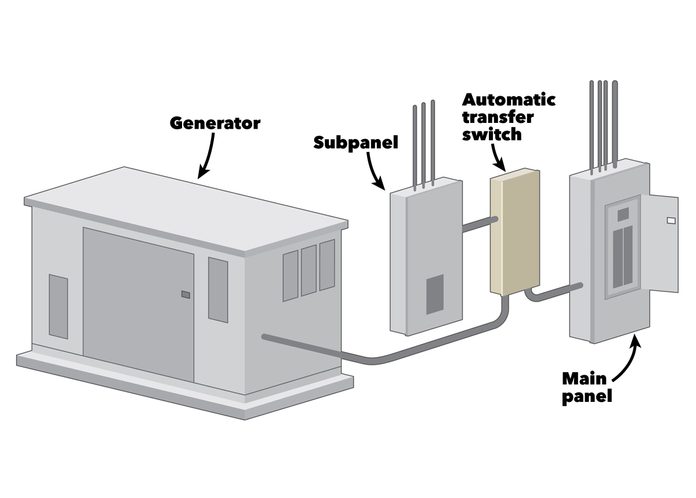
Permanent Automatic Generator
This is the most efficient-and the most costly-option. You can easily spend $10,000 to $15,000, plus installation, but it gives you a seamless power transition. In the event of an outage, selected circuits such as the one for your furnace are on a subpanel and automatic transfer switch, which is powered by the generator.
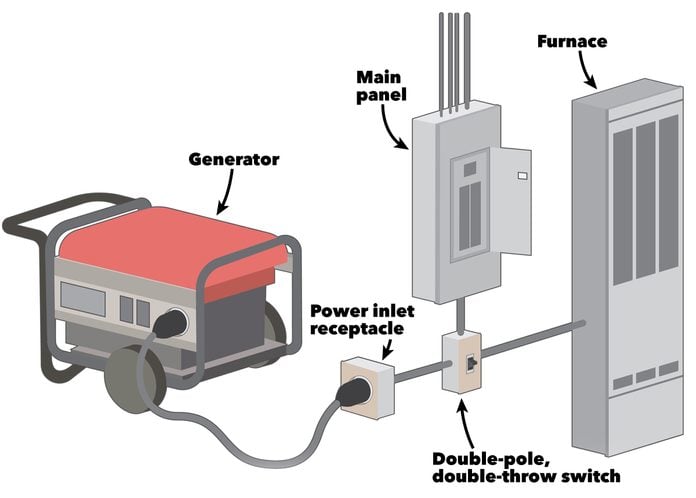
Portable Generator
Portable generators aren’t designed to take over any portion of your home’s circuitry via a subpanel and transfer switch. Their outlets are for plugging in appliances.
But there’s a safe method for powering just your furnace with a portable generator. Connect a heavy-duty double-pole, double-throw switch (such as Leviton No. 1286; $40 at home centers) to the furnace, along with a power inlet receptacle (such as Leviton No. 5278-CWP; $40 at home centers). If the utility power goes out, flip the double-pole switch to disconnect the permanent furnace circuit, and the run a cord from the portable generator to the inlet. The double-pole, double-throw switch prevents the portable generator from back-feeding the entire house or, worse, the utility’s system. To be extra safe, turn off the main circuit breaker at the main service, disconnecting the house, to eliminate any chance of back-feeding the utility.
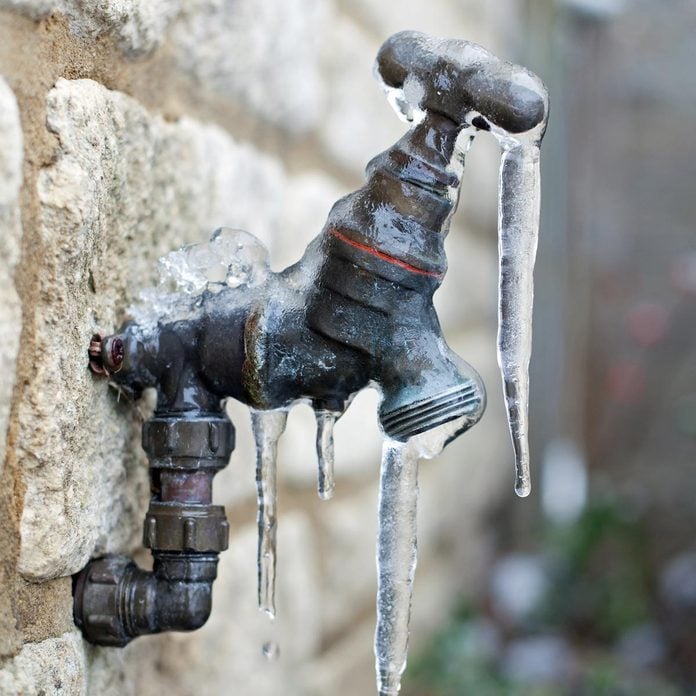
Don’t Panic
If the generator methods aren’t an option for you, there are other, less costly measures you can take. If your home is well insulated, it’s typically a matter of days, not hours, before pipes will freeze, even in subzero temps. Learn ways to prevent frozen pipes here.
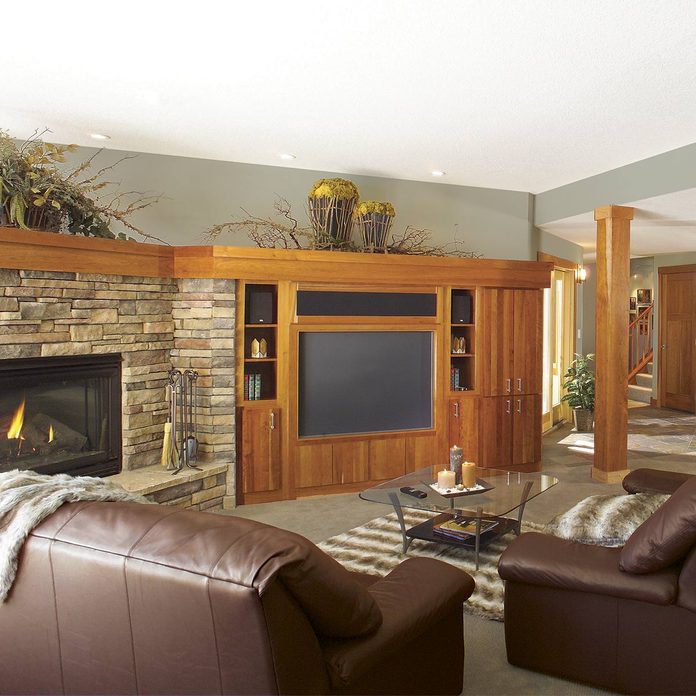
Move to One Room
It’s far easier to keep one room in the house comfortable than to heat the whole house. If you have a basement, that’s a good choice, because it’s usually easier to maintain a constant temperature underground. It’s time to finally finish your basement. We’ll help you out.
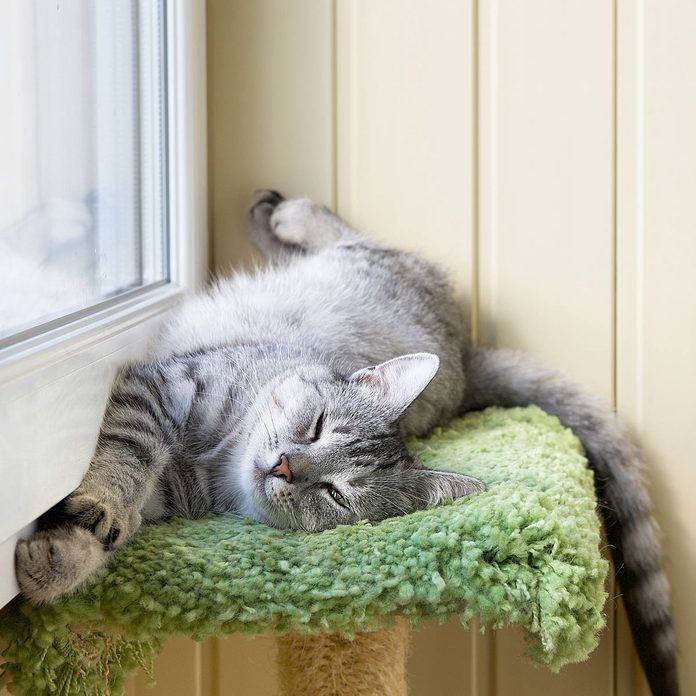
Use Your Blinds
Keep the blinds closed except to let in direct sunlight.
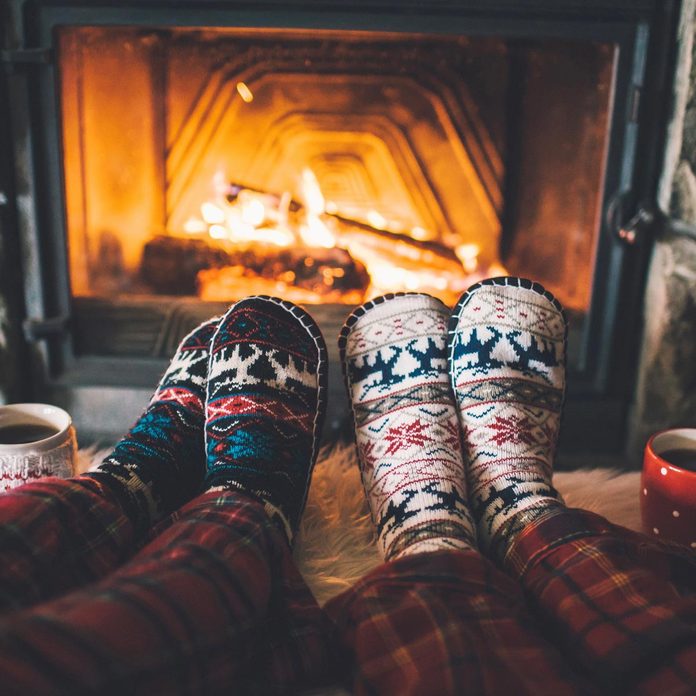
Use Your Fireplace
Fireplaces are notoriously inefficient heat sources, as lots of heat goes up the chimney. But in an emergency, you can keep warm by a fire if you have enough wood to burn. A gas fireplace works too, and is more efficient than a wood-burning fireplace.
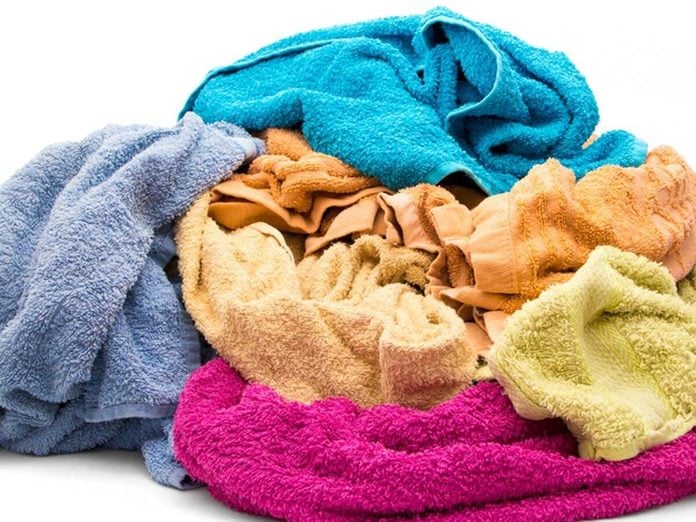
Block Drafts
Little drafts around doors and windows go unnoticed when the furnace it operating. But when the power’s out, these drafts really bring on the chill. Block drafts with towels. Note: Don’t block drafts if you’re running a fuel-powered heater. These small air intrusions help the heaters burn efficiently and provide ventilation.
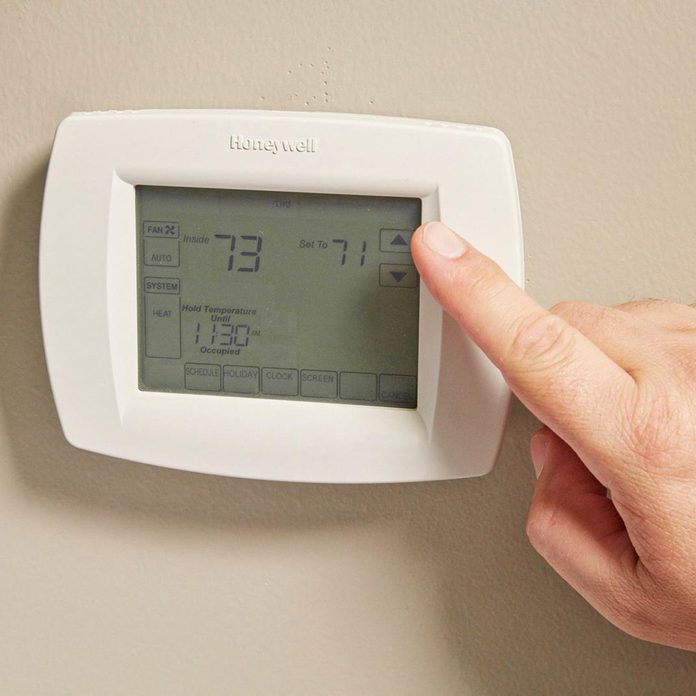
Preheat Your Home
If you have advance warning, set the thermostat higher than usual and heat typically unused spaces to boost thermal mass. Make sure to avoid closing heating vents in unused rooms, as it could actually increase your heating costs.
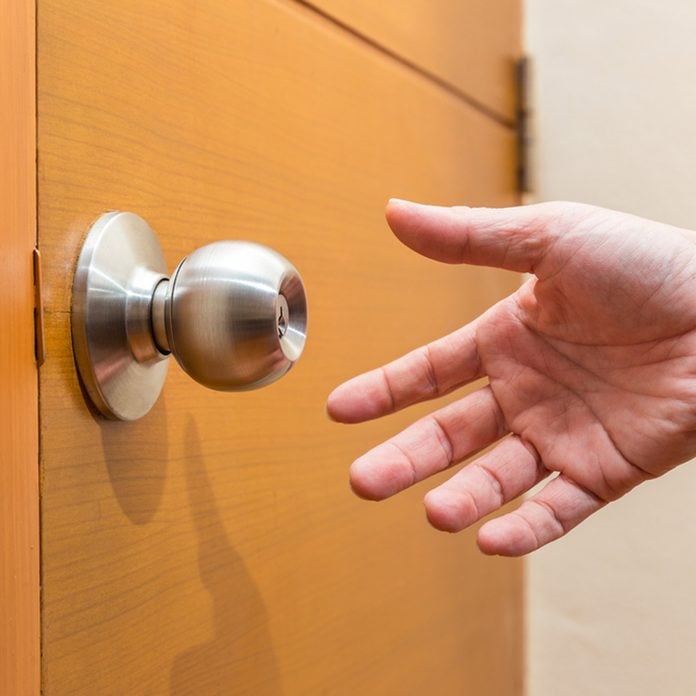
Keep Doors Closed
Opening a door to the cold lets out a lot of heat. Limit trips in and out of the house, opening doors only when necessary.
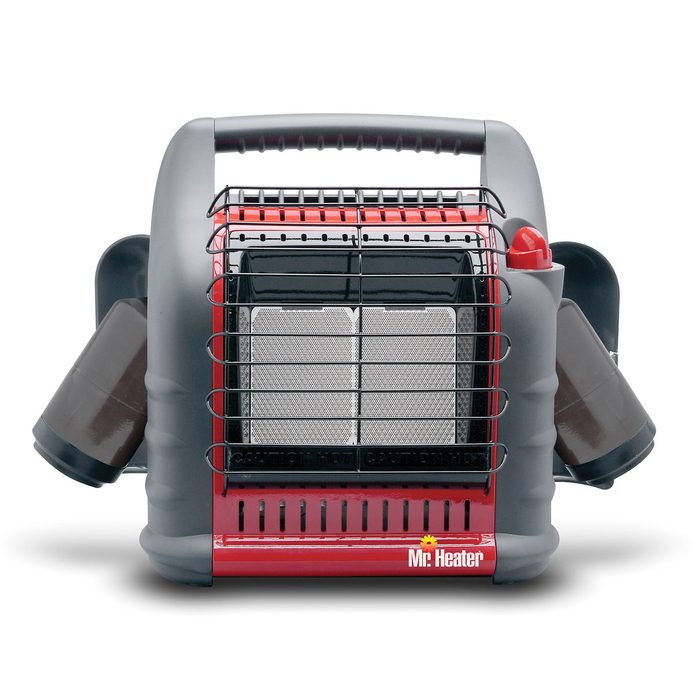
Indoor-Safe Propane or Kerosene Heater
Propane or kerosene heaters are safe for indoor use only if they’re labeled “indoor-safe” and you follow the manufacturer’s instructions. They come in different sizes to suit the area to be heated. These portable heaters are available at home centers and online, ranging in price from $80 to $500. Manufacturers recommend opening a window an inch or so when using these heaters, particularly in a super-insulated home. If you’re using a fuel-powered heater in a very small room, open a door to an adjoining room.
Caution: Propane and kerosene heaters produce carbon monoxide just as gas stoves, ovens and fireplaces do. When running and fuel-powered heat appliance during a power outage, it’s imperative to have operating battery-powered carbon monoxide and smoke detectors. Read and adhere to all of the heater manufacturer’s warnings.
Every product is independently selected by our editors. If you buy something through our links, we may earn an affiliate commission.
